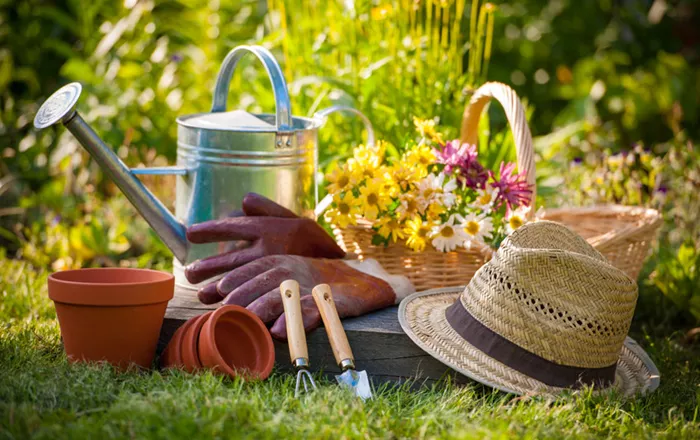The North America gardening tools market is projected to grow steadily at a compound annual growth rate (CAGR) of 3.8%, expanding from $1.9 billion in 2024 to $2.5 billion by 2031. This growth is fueled by rising interest in home gardening, urban landscaping, and sustainable practices, alongside advancements in tool technology. The United States dominates the market, driven by high consumer spending, a robust DIY gardening culture, and demand for eco-friendly and smart tools.
The market is segmented by product type, sales channels, and operating modes. Digging tools (shovels, spades) and pruning equipment remain essential, while blowers and lawnmowers gain traction for lawn maintenance. Online sales channels are growing rapidly due to convenience, though physical stores like home centers and specialty garden retailers retain significant market share. Regionally, the U.S. accounts for the largest share, supported by tech-savvy consumers adopting IoT-enabled tools like robotic mowers and soil sensors. Canada emphasizes cold-weather durability and rust-resistant materials, while Mexico sees rising demand for compact tools suited to urban spaces like balconies.
A shift toward sustainability is reshaping the industry, with manufacturers prioritizing recycled materials and biodegradable designs. Post-pandemic home gardening trends continue to thrive, with consumers investing in ergonomic tools for vegetable cultivation and ornamental plants. Technological advancements, such as battery-powered equipment and app-controlled irrigation systems, are reducing physical labor and enhancing precision. However, seasonal demand fluctuations and the high cost of sustainable manufacturing pose challenges.
The rise of IoT and AI is revolutionizing gardening practices. Robotic lawnmowers, sensor-based soil monitors, and automated watering systems are gaining popularity, particularly in the U.S., where 45% of homeowners now use at least one smart gardening device. These tools reduce manual effort and optimize resource use, aligning with environmental goals.
The pandemic accelerated home gardening adoption, with 60% of U.S. households engaging in gardening activities by 2024. Urbanization has further driven demand for space-efficient tools, such as vertical planters and foldable equipment, catering to apartment dwellers.
While 70% of consumers prefer eco-friendly tools, manufacturers face hurdles in cost-effective production. Companies like Fiskars and Husqvarna are experimenting with bamboo handles and recycled metals, though pricing remains a barrier for mass adoption.
Online sales are expected to grow by 12% annually, with platforms like Amazon and specialized retailers offering augmented reality tools to visualize products in home gardens. This shift complements the DIY trend, particularly among younger demographics.


